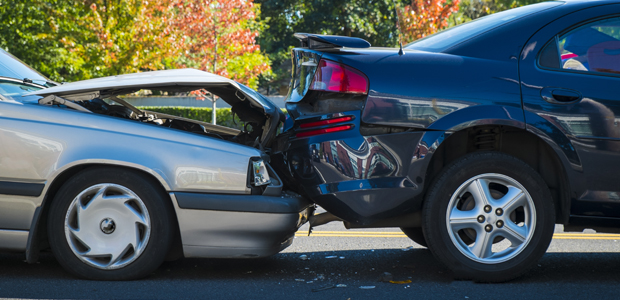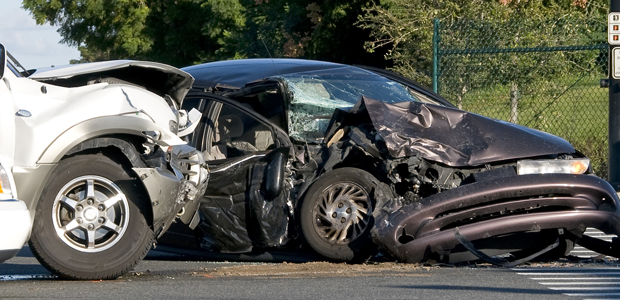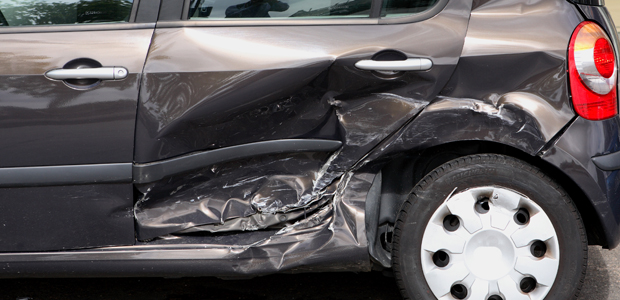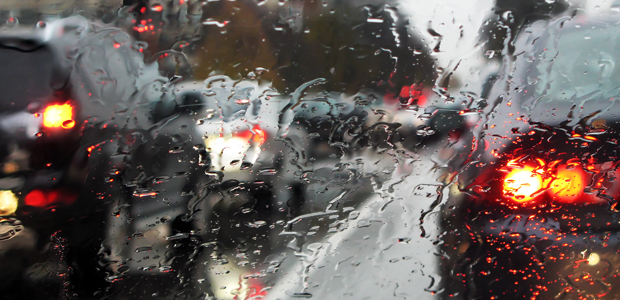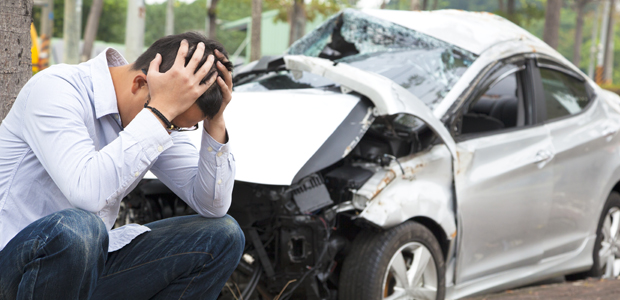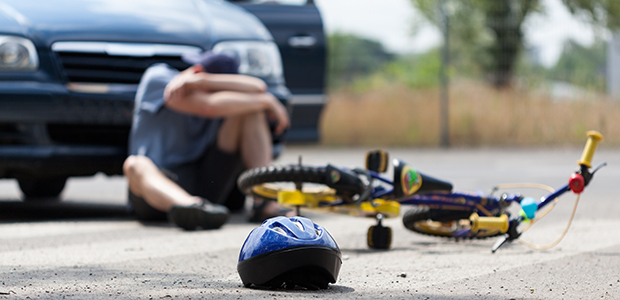Rear End Accidents

Rear end accidents can lead to many injury types, including concussions, fractures, and herniated discs; however, the most common rear-end collision injury type is commonly known as whiplash.
When a driver is hit from behind, all of the energy from the rear car is transferred to the front car, which results in a sudden and powerful jolt. As the vehicle pushes forward, the torsos of the occupants of the rear-ended car are thrown forward while the occupant’s head snaps back. Then, as the rear-ended car comes to a stop, the occupants’ heads are thrown forward. This quick sequence of events and unnatural “whipping” motion at the neck can result in the spinal injury known as whiplash and to other serious spinal injuries.
While insurance companies often take the position that victims of rear-end collisions are faking or exaggerating a whiplash injury to collect insurance money, anyone who has suffered from whiplash, understand that this type of injury is far from “fake” or exaggerated. A person can sustain a serious whiplash injury even when the speed of the impact was relatively low, and the damage to the car seems minimal. How hard or fast the vehicle is hit are not the essential factors in determining the severity of a whiplash injury; instead, the relevant issue is how extensive and violent the neck movement is with respect to the rest of the body.
The symptoms of whiplash are not always immediately apparent to a car accident victim. Symptoms may appear hours or even days later. Symptoms include:
- Neck pain
- Shoulder pain
- Shooting pains down the arms, or across the neck and shoulders
- Muscle spasms
- Ringing in the ears
- Irritability
- Shoulder pain
- Trouble sleeping
- Difficulty remembering or concentrating
- Fatigue
- Numbness
- Headaches
- Stiffness
- Swelling
- Dizziness
- Impaired vision
- Weakness or loss of function in lower limbs
Not every whiplash victim suffers all or even a majority of these symptoms. As a general rule, the more severe the whiplash, the sooner the symptoms will appear, and the more likely it is that the victim will suffer multiple symptoms. It is critical that both driver and passengers who have been in a vehicle that is hit from behind seek immediate medical attention. Whiplash will not show in an X-ray, but may require a CT scan or an MRI.
While not all rear-end collisions can be prevented, there are steps drivers can take to prevent many of the injuries that can occur as a result of rear-end collisions.
For example, modern vehicles must conform to federal headrest and seat design standards that are specifically aimed at reducing the risk of whiplash and other spinal or head injuries. Seats and headrests are not intended primarily for driver or passenger comfort, but to try to keep the head from moving with the rest of the body in the event of an impact, and to protect the spine from compression and the head from damage in the event of a rollover. But in order to perform these functions properly, drivers and passengers need to adjust their headrests properly so that they will, in fact, serve these protective functions when an accident happens.
In addition, drivers and passengers should always wear seatbelts, and younger passengers should use car seats, booster seats, or other devices, such as seatbelt clips, that are appropriate for their size and age. Drivers should always adjust their rear-view and side-view mirrors correctly, and frequently check them, so that they are aware of what is going on behind and to the side of them when driving, and even when stopping or when parked.
Even the most careful drivers cannot always avoid accidents or injuries when it comes to rear-end collisions. Nearly all rear-end collisions are caused by the driver who hit the car in front of them. It is often the result of a careless, inattentive, or distracted driver who is talking, texting, eating or drinking, playing with the radio, applying makeup, or doing any number of other things that takes their attention off the road. The driver who caused the accident is us.
If you or a loved one has been the victim of a rear end accident contact The Scalora Law Group for a free legal consultation. We are experienced in handling rear end accident cases and have an established track record getting compensation for victims of rear end accident injuries. Contact us today at 860-344-9051 or fill out our contact form to have an attorney contact you back immediately.









